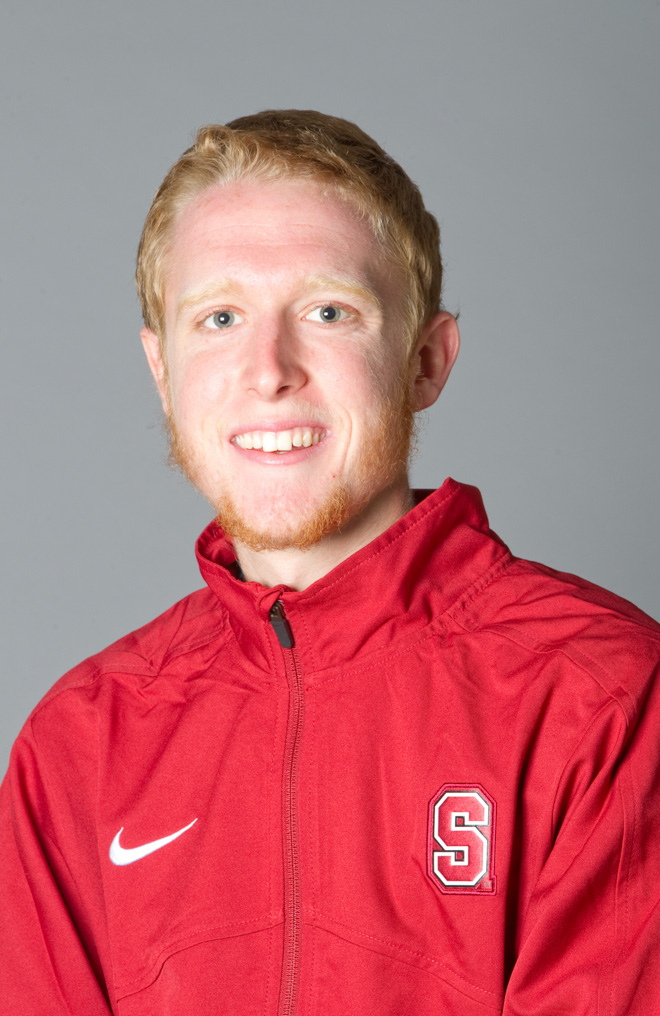Last Wednesday, less than 48 hours after a thrilling national championship game that saw Kris Jenkins lift Villanova past UNC on a buzzer-beating three, the NCAA and its member institutions celebrated National “Student-Athlete” Day. Conferences and schools took the day to laud the on- and off-field accomplishments of their athletes, and rightly so. The vast majority of college athletes are committed to excellence in the classroom and in their sport, proving that the two pursuits can be successfully interwoven – and, if balanced correctly, mutually reinforcing.
But the timing of this “celebration” was rather convenient, given that the Monday prior marked the zenith of the commercialism and exploitation embedded in intercollegiate athletics.
Indeed, the men’s basketball title game marked the end of a month in which schools forced players to forego their scholarly responsibilities in order to travel across the country to entertain the masses, with the ever-growing revenues (CBS/Turner paid $760 million for the broadcast rights) flowing not to the creators of the product, but to the NCAA.
Bottom line: Players were pulled out of class for the express purpose of representing their institutions on the court. For athletes whose teams made a deep tournament run, this meant a week’s worth (and more) of time away from campus. So much for being “student-athletes.”
The hypocrisy of the term is wholly unsurprisingly, however, given that it wasn’t originally crafted to reflect the high-minded ideal of interweaving one’s academic and athletic endeavors. Indeed, the phrase “student-athlete,” which has come to dominate NCAA-speak for the last 50 years, is a legalistic concoction originally designed to shield the NCAA and its member institutions from labor law liability.
According to Walter Byers, the NCAA’s first Executive Director, “we crafted the term ‘student-athlete'” to combat “the dreaded notion that NCAA athletes could be identified as employees for state industrial commissions and the courts.” Beginning as early as the 1950s, the families of several deceased or permanently incapacitated college football players were suing the players’ schools for workers’ compensation benefits, because they believed their sons/husbands had been employees while on the football team.
And who could blame them? The exchange between school and player was and remains very similar – yet not identical to – the exchange between employer and employee. The player offered a service (his football skills) to the institution, which remunerated the player with an athletic scholarship. If the player quit, the school could pull the scholarship. Similarly, employees offer their services to an employer, who then compensates the former with a wage, benefits (including workers’ compensation and disability payments), etc. If the the employee quits, the checks and benefits disappear. The parallels between the two situations are unmistakable. It’s no wonder, then, that athletes’ families and spouses sought benefits from the school when the athlete was injured or killed on the job.
Of course, the institutions believed then (and they do now) that they had no such legal duty to players, who, after all, “participate (in athletics) as an avocation.” But several courts easily saw through the ruse, with the California Second District Court of Appeals concluding in 1963 that a football player who had died during a team road trip was under contract with his school because “he received the scholarship because of his athletic prowess and participation. The form of remuneration is immaterial.” And because he was under contract, his family was due benefits, presumably to be paid by the institution.
Since providing athletes the protections enjoyed by its janitors, secretaries and professors would upset the “collegiate model” (read: would cost more money), institutions dug in their heels, working to ensure that, according to Byers, “no employment relationship was created between the institution and the student-athlete involving a duty to participate in athletics.” The phrase “student-athlete” entered the NCAA’s lexicon soon thereafter, gaining cult-like reverence in the half-century since.
The “logic” appeared to work thusly: “Student-athletes” were not employees and therefore were not due the benefits and protections of labor law (including mandatory collective bargaining and workers’ compensation), which ultimately saved the schools money, allowing them to allocate more resources to inputs like administrative and coaching salaries and facilities.
Though Byers – the man who oversaw the development of the term – was “shocked” at the idea that college athletes might be ruled employees, even he realized the hypocrisy of his creation.
“The performance of football and basketball players frequently paid the salaries and workmen’s compensation expenses of stadium employees, field house ticket takers and restroom attendants, but the players themselves were not covered,” he wrote in his 1997 autobiography “Unsportsmanlike Conduct: Exploiting College Athletes.”
Unfortunately, the same inequities that plagued college sports in the 1950s and 60s still exist today, where nearly everyone around an athlete – coaches, administrators, trainers, doctors, equipment staff and sometimes even student managers – is an employee and enjoys the protections thereof. But those who sacrifice their time, effort, energy and health (for no direct compensation) are just “student-athletes” who deserve nothing and receive what they do out of the kindness of the athletic department’s heart. This is the type of “1984”-style doublespeak that reveals the painfully obvious hypocrisy of the contrived “student-athlete” term and the college athletics system it undergirds.
The admittedly noble ideal of “scholar-athleticism” celebrated last Wednesday was nothing more than a convenient opportunity for the NCAA and its members to remind the viewing public that, contrary to the evidence and common sense, college players are merely “student-athletes,” and nothing more. The historical record proves that the term wasn’t meant to highlight the twin pursuits of academics and athletics, but rather to allow schools to shrug off the responsibilities our legal system would burden them with.
It might as well have been called National “College Athletes Are Not Employees” Day.
Tell Cameron Miller how to get #NationalCollegeAthletesAreNotEmployeesDay trending on Instagram at cmiller6 ‘at’ stanford.edu.
